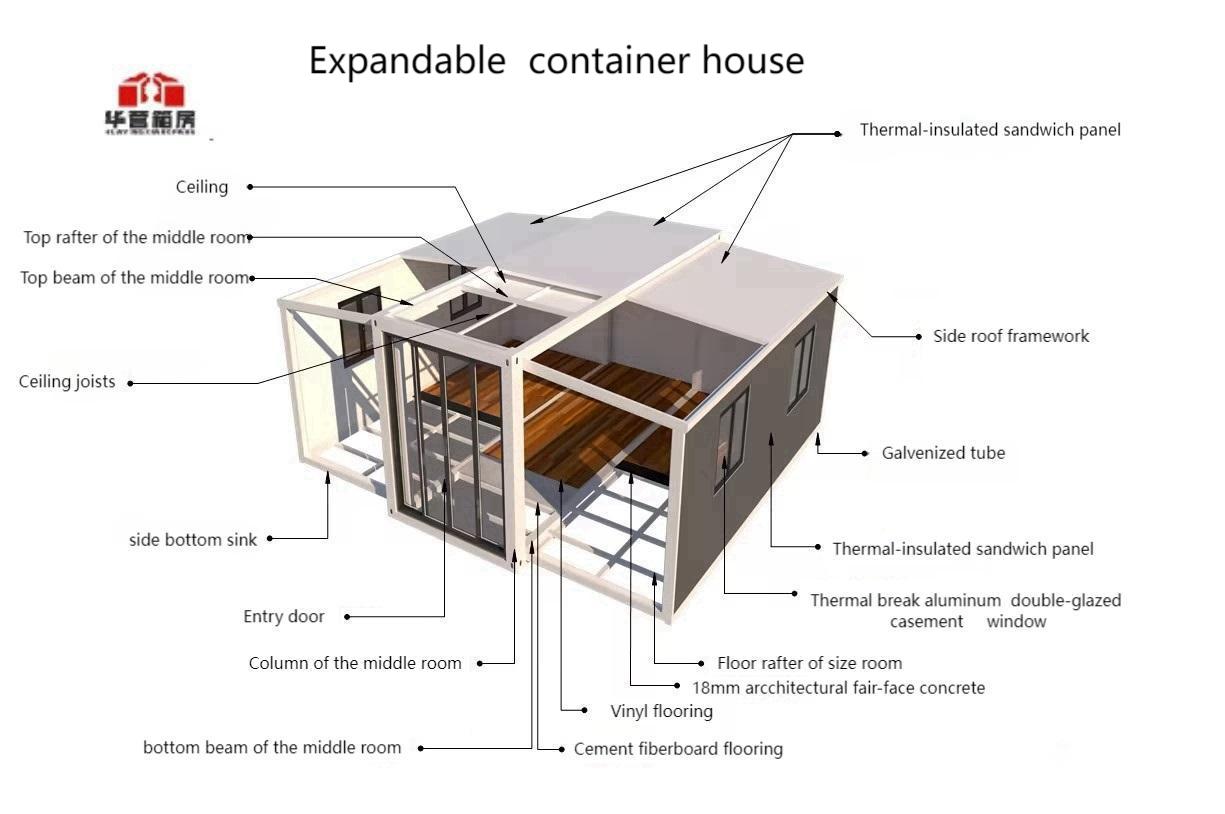Discover the innovative world of Container House On Wheel – a revolutionary mobile living solution combining sustainability, flexibility, and rapid deployment. Explore key benefits, installation ease, structural design, and versatile applications in this comprehensive guide. Perfect for eco-conscious nomads, businesses needing portable infrastructure, or emergency housing scenarios.
In an era where flexibility meets sustainability, the Container House On Wheel emerges as a game-changing solution for modern housing challenges. Imagine a home that travels with you, sets up in hours, and minimizes environmental impact – that’s the essence of this innovative dwelling. Whether you’re a digital nomad seeking adventure, a business requiring mobile offices, or an organization needing rapid disaster relief shelters, these wheeled containers offer unparalleled adaptability.
What Exactly Is a Container House On Wheel?
At its core, a Container House On Wheel is a modified shipping container mounted on a robust trailer chassis, transforming industrial cargo into a fully functional living or working space. Unlike traditional container homes fixed to foundations, these mobile units feature integrated wheels and towing systems, allowing effortless relocation. They typically range from 20 to 40 feet in length and come with pre-installed insulation, electrical wiring, plumbing, and customizable interiors – all while retaining the structural integrity of their marine-grade steel origins.
Why Choose a Mobile Container Home?
The advantages of Container House On Wheel solutions extend far beyond basic mobility. First, cost efficiency stands out: these units cost 30-50% less than conventional buildings of similar size, with minimal site preparation expenses. Second, sustainability shines through – repurposing containers reduces construction waste by up to 80%, while solar integration options enable off-grid living. Third, speed of deployment is remarkable; a fully equipped unit can be operational within 24 hours of delivery, making it ideal for urgent scenarios.
Installation Simplicity: See It in Action
One of the most compelling features is how effortlessly these homes establish themselves. Forget weeks of construction – watch this video to witness the streamlined installation process:
Your browser does not support the video tag.
As demonstrated, the process involves three simple steps: positioning the unit, deploying stabilizing jacks for level grounding, and connecting utilities. No cranes, concrete foundations, or specialized labor required. This plug-and-play approach democratizes high-quality shelter for diverse environments.
Structural Innovation: Engineering Behind Mobility
Behind the simplicity lies sophisticated engineering. The structural design ensures durability during transport and stability when stationary. Key features include reinforced corner castings, integrated chassis with torsion-free suspension, and expandable sections for increased space. Take a closer look at the dual-wing expansion mechanism in this technical diagram:

This expandable design allows the unit to nearly double its footprint when stationary, transforming from a compact transport module into a spacious living area. Hydraulic systems or manual levers enable smooth deployment, while weather-sealed joints ensure insulation and weather resistance.
Versatile Applications Beyond Living Spaces
While residential use is popular, Container House On Wheel units excel in diverse scenarios:
- Mobile Offices: On-site project headquarters for construction or events
- Retail Pop-ups: Portable shops for festivals or seasonal markets
- Emergency Shelters: Rapid deployment housing during natural disasters
- Remote Workstations: Self-contained units for mining or research sites
- Eco-Tourism: Sustainable accommodations in off-grid locations
Key Considerations Before Purchasing
Before investing in a Container House On Wheel, evaluate these factors:
- Local Regulations: Verify zoning laws and vehicle registration requirements
- Insulation Needs: Choose climate-appropriate insulation (spray foam, wool, etc.)
- Utility Hookups: Decide between on-grid, off-grid, or hybrid systems
- Towing Capacity: Ensure your vehicle can safely transport the unit
- Customization: Select modular interiors that align with your lifestyle
Conclusion: Mobility Meets Modern Living
The Container House On Wheel represents more than just a housing trend – it’s a practical response to contemporary needs for flexibility, sustainability, and resilience. By merging industrial robustness with residential comfort, these units empower individuals and organizations to rethink traditional notions of space and place. As urbanization accelerates and climate concerns grow, mobile container solutions offer a tangible path toward adaptable, eco-conscious living. Ready to explore how this innovation can serve your unique needs? The journey toward mobile freedom starts with understanding these remarkable structures.
